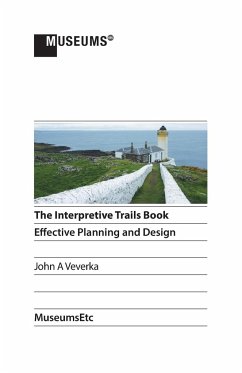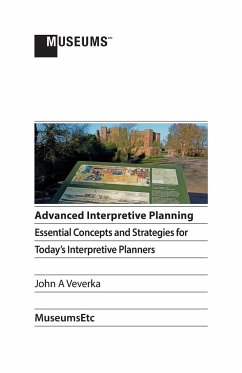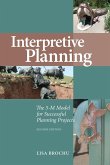"Most trails are designed just to get the visitor from Point A to Point B. Interpretive trails are designed to help the visitor laugh, cry, smile, discover, understand and explore along the way." - John A Veverka. Interpretive trails - both outdoor and indoor - are used by museums, galleries, historic sites, parks, gardens and zoos worldwide. They can provide visitors with a unique immersion experience in viewing, discovering and enjoying the locations they're visiting, and in helping them re-connect with a natural or cultural environment in a personal way. Yet to be truly effective, there are proven and tested guidelines to follow about how to plan any trail's story, its experience opportunities, and its delivery and physical design. Based on 40 years' interpretive planning experience, The Interpretive Trails Book shares successful planning strategies and guidelines as tools to help create amazing interpretive experiences. For those involved in learning, engagement, interpretation, planning, consultancy, landscape architecture, and training - and those charged with developing interpretive trails who have no specific training in interpretive services themselves, this book will become an indispensable and easy-to-follow resource to help create trails that engage, motivate and inspire visitors.
Hinweis: Dieser Artikel kann nur an eine deutsche Lieferadresse ausgeliefert werden.
Hinweis: Dieser Artikel kann nur an eine deutsche Lieferadresse ausgeliefert werden.








